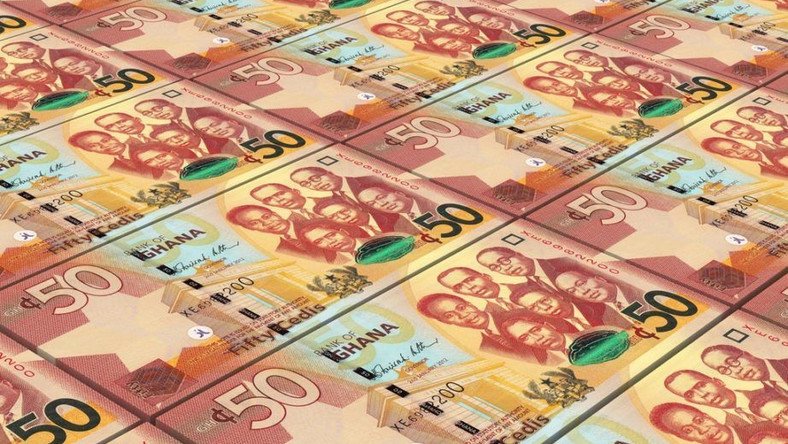The Ghana Cedi is projected to maintain its relative strength and strong trajectory against the major international trading currencies for the second quarter and throughout 2025, the Ghana International Trade and Finance Conference (GITFiC), has said.
“GITFiC’s analysis suggests that the Ghanaian Cedi will continue its recovery trajectory in 2025, supported by robust macroeconomic and technical indicators. While short-term corrections are possible due to market dynamics, the overall outlook is cautious optimism. Strategic policy implementation and external stability will be essential to maintaining the cedi’s strength throughout the year,” it said in its 2025 Exchange Rate Projection Report.
The report, developed by GITFiC’s Lead Analyst, Research, Advocacy and Policy, Isaac Osei Owusu, said “GITFiC projects an average USD/GH¢ exchange rate of 10.02 for 2025, within a range of 7.09 to 13.16.”
The report said the cedi would enjoy strong stability for the year but “Volatility remains a risk due to domestic import demand and potential shifts in global monetary policy.”
GITFiC Attributed the strong performance of the Cedi to debt restructuring success (including bilateral and multilateral agreements), firming commodity prices (especially gold, cocoa, and crude oil), reduced speculative activity in forex markets, central bank liquidity interventions and monetary stability.
“The Ghanaian Cedi has shown a notable recovery against the United States Dollar (USD) in recent months, driven by significant structural adjustments, monetary discipline, and external sector performance. As of May 24, 2025, the cedi appreciated by 8.891 per cent every week, with the interbank mid-rate reaching 11.07 GH¢/USD,” the GITFiC said.
It said the appreciation reflected investor confidence following Ghana’s successful debt restructuring, improved commodity exports, and decisive interventions by the Bank of Ghana.
“On an annual basis, the Cedi is projected to appreciate by approximately 28.94 per cent in 2025 compared to its average rate in 2024, underscoring a strong recovery trajectory and sustained macroeconomic stability,” GITFiC stated.
The organisations said despite the Cedi’s bullish momentum, the following risks could introduce volatility.
It said high domestic import requirements, especially for refined petroleum, machinery, and food, may exert pressure on the C edi.
“Although headline inflation has moderated from the peak, persistent core inflation above 20 per cent could limit monetary policy flexibility,” GITFiC stated.
In addition, the report said potential delays in rate cuts by the U.S. Federal Reserve might strengthen the USD globally, reversing some gains for emerging market currencies.
It further said commodity price fluctuations or geopolitical tensions might impact Ghana’s trade and capital inflows and post-election implementation of fiscal and structural reforms would be critical to sustaining macroeconomic stability.
Among other suggestions, GITFiC said policymakers should prioritise structural reforms, domestic revenue mobilisation, and diversification of export base to reduce Cedi vulnerability.
“Businesses must adopt hedging strategies against currency risks, particularly those with high foreign exchange exposure,” the report said.
It said investors: should consider medium- to long-term opportunities in Cedi-denominated assets, especially in government bonds and real sectors aligned with export expansion.
GITFiC said the country’s development partners must continue technical and financial support for the country’s reform agenda, with a focus on debt sustainability and inclusive growth.
BY KINGSLEY ASARE
